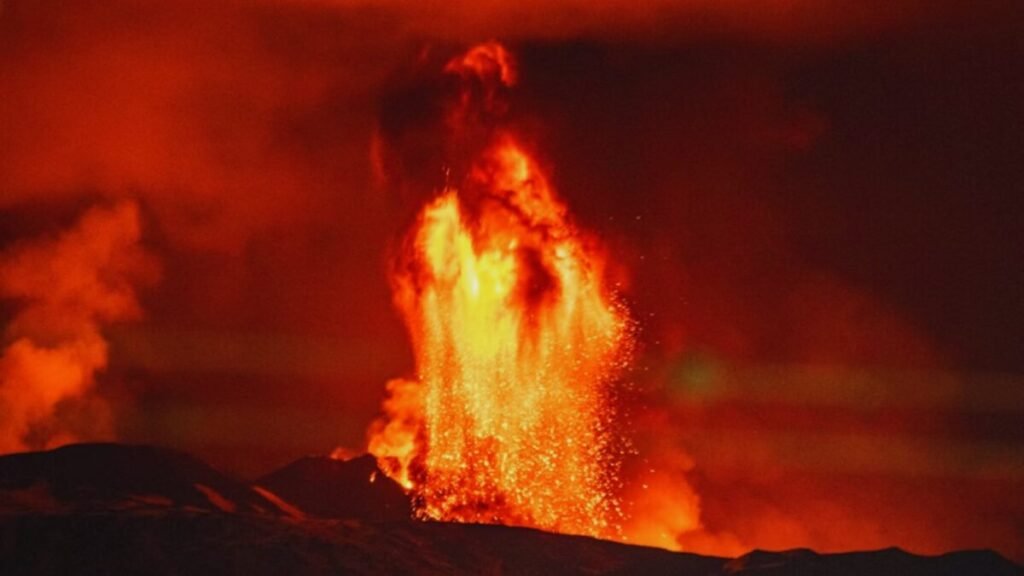The Day Humanity Nearly Faced Extinction: Lessons from the Toba Catastrophe on Surviving the Apocalypse

Around 74,000 years ago, in what is now Sumatra, a biblical-scale eruption took place. This was no ordinary event: it expelled over 2,800 cubic kilometers of ash, formed an enormous crater, and could have lasted for years. For many researchers, that was the closest point to total collapse of humanity.
Although this theory is still debated, no one doubts the magnitude of the disaster or its impact on ecosystems and societies struggling to settle in a changing world.
## Archaeology of survival
The evidence lies in the ground we walk on. By analyzing sites before and after that layer of ash, archaeologists have been able to reconstruct our communities’ response to an existential challenge.
In southern Africa, for example, the record shows technological innovations such as the appearance of bows and arrows. In Ethiopia, human groups perfected tools to better utilize resources. Even in Asia, where the impact was greater, populations found ways to resist and reorganize.
In other words: it didn’t erase humanity, but it forced us to reinvent ourselves.
## Flexibility: the lesson learned
If there’s one thing this catastrophe teaches us, it’s that the key to our survival was—and still is—flexibility. Adapting, innovating, exploring new solutions when the environment becomes hostile. That’s what allowed small communities to endure a global winter and, over time, thrive.
What is real is the opportunity these episodes leave us to learn, transform, and move forward. Because in the end, what defines us is not the catastrophes we face, but how we respond to them.






